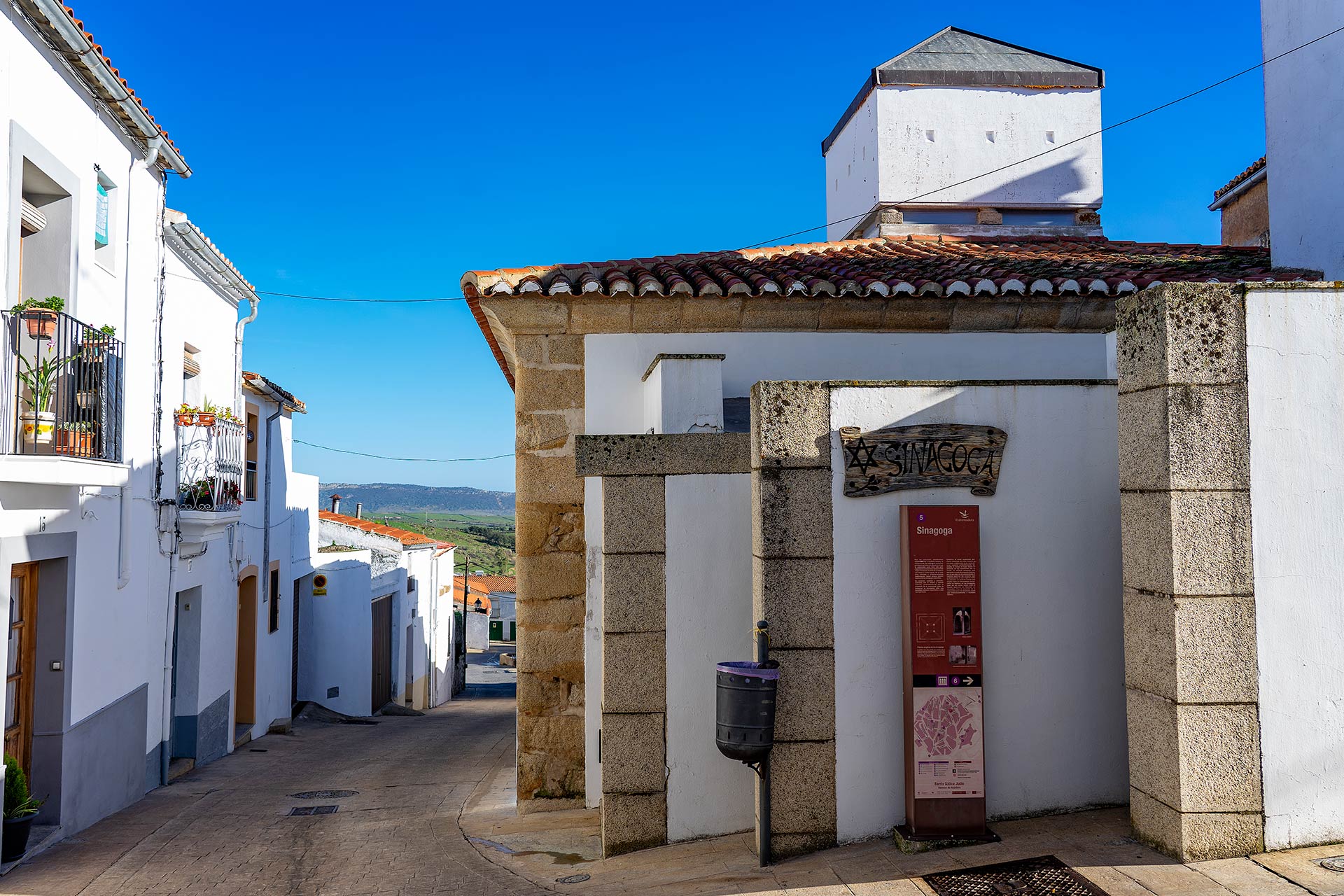Is your curiosity still not satisfied? In that case you are in luck, because this building also houses the Sephardic Culture Identity Centre, where you can delve into the history and customs of Sephardic culture in a much more immersive and interactive way through an exhibition that is suitable for all audiences.
Come and discover some of the secrets of the beautiful Sephardic culture.
The great cultural richness that characterizes Spain exists thanks to all of the peoples that have passed through it, and the Sephardic culture was no exception. The Spanish-Jewish community was expelled from the country in 1492 by the Alhambra Decree. As a consequence of this, the converted Jews who remained in this area left their mark, with many vestiges of their culture being left behind in the places that they once inhabited. A lot of Sephardic families were forced to flee to Portugal. Their influence and legacy make the International Tagus a place where the Sephardic imprint is still alive today.
This building was built between the 14th and 15th centuries. One of the streets at the intersection where this old synagogue is located, Calle Pocito Street, receives its name from the Mikveh well that all synagogues have to perform ablutions, which are ritual purifications of certain parts of the body with water.
It has a quadrangular layout, based on the example of Sephardic synagogues. It contains four central columns that make up a quadrilateral for the placement of the bimah or the platform from which the Torah is read. The current enclosure is accessed through a lintelled door and, inside, there are two other doors that, in their day, used to communicate with other rooms that have now disappeared.









